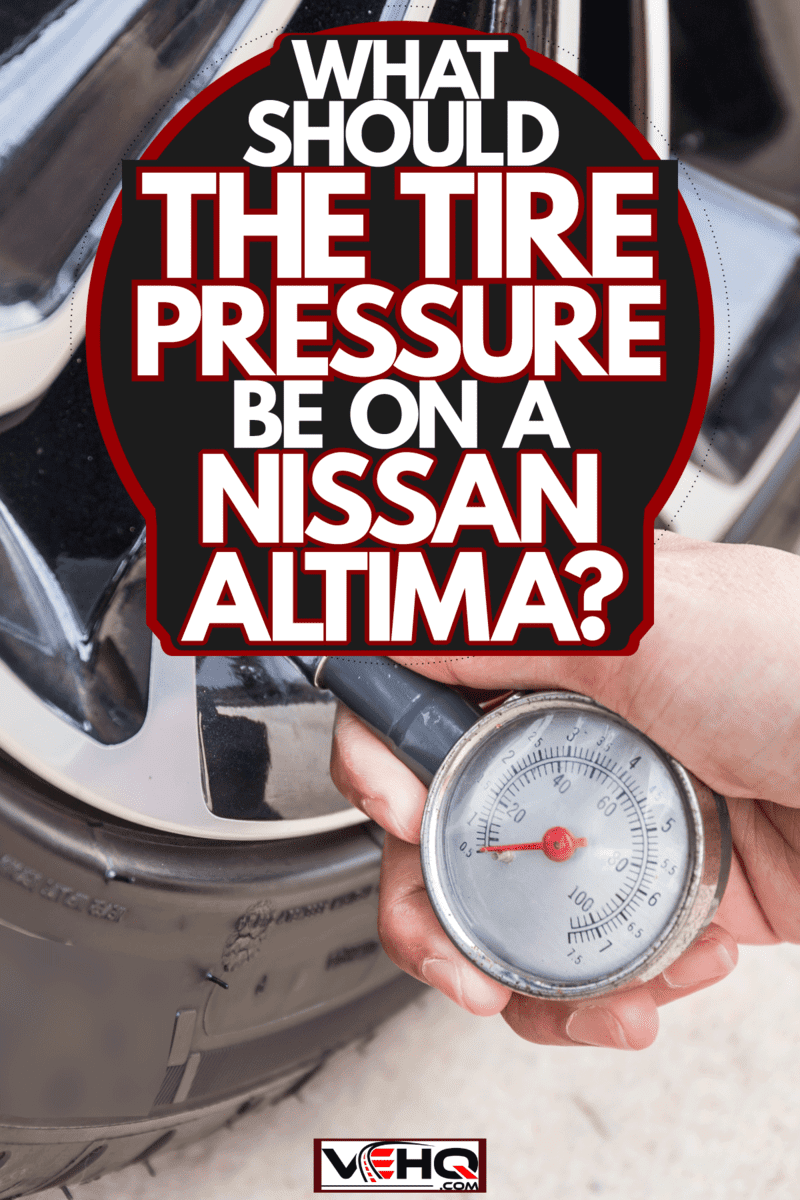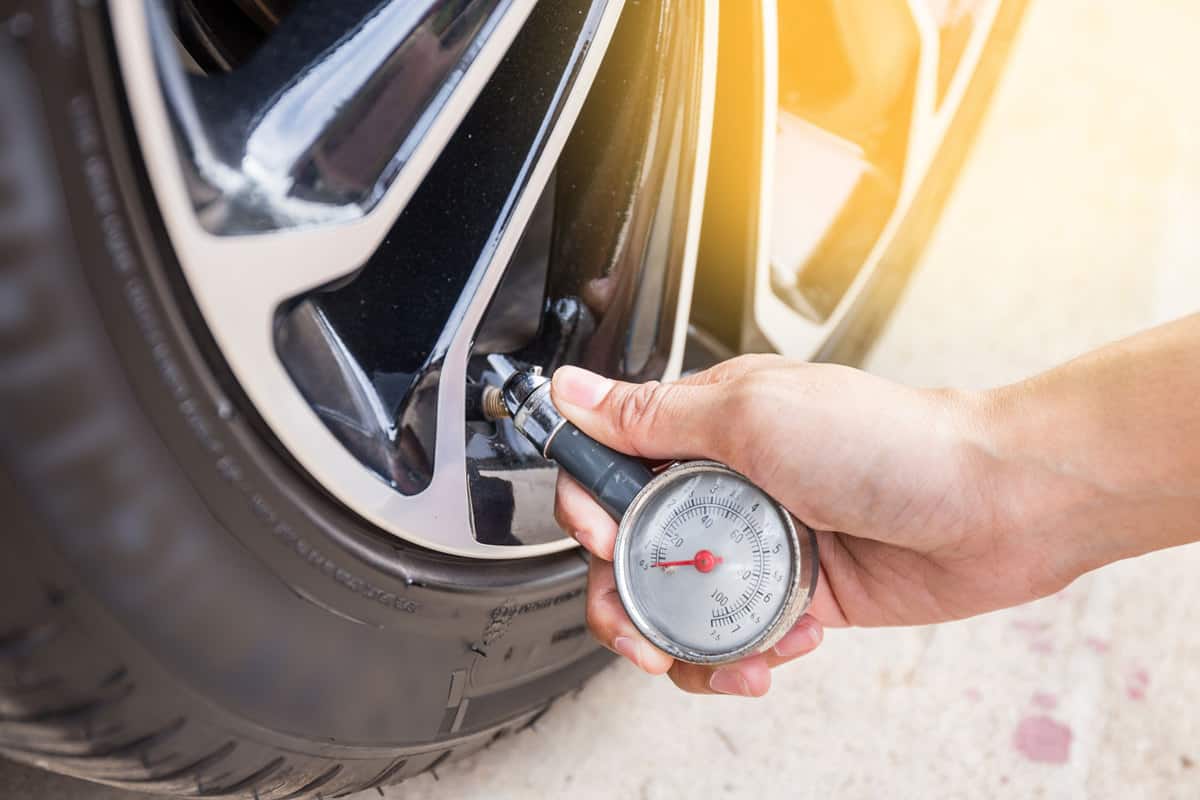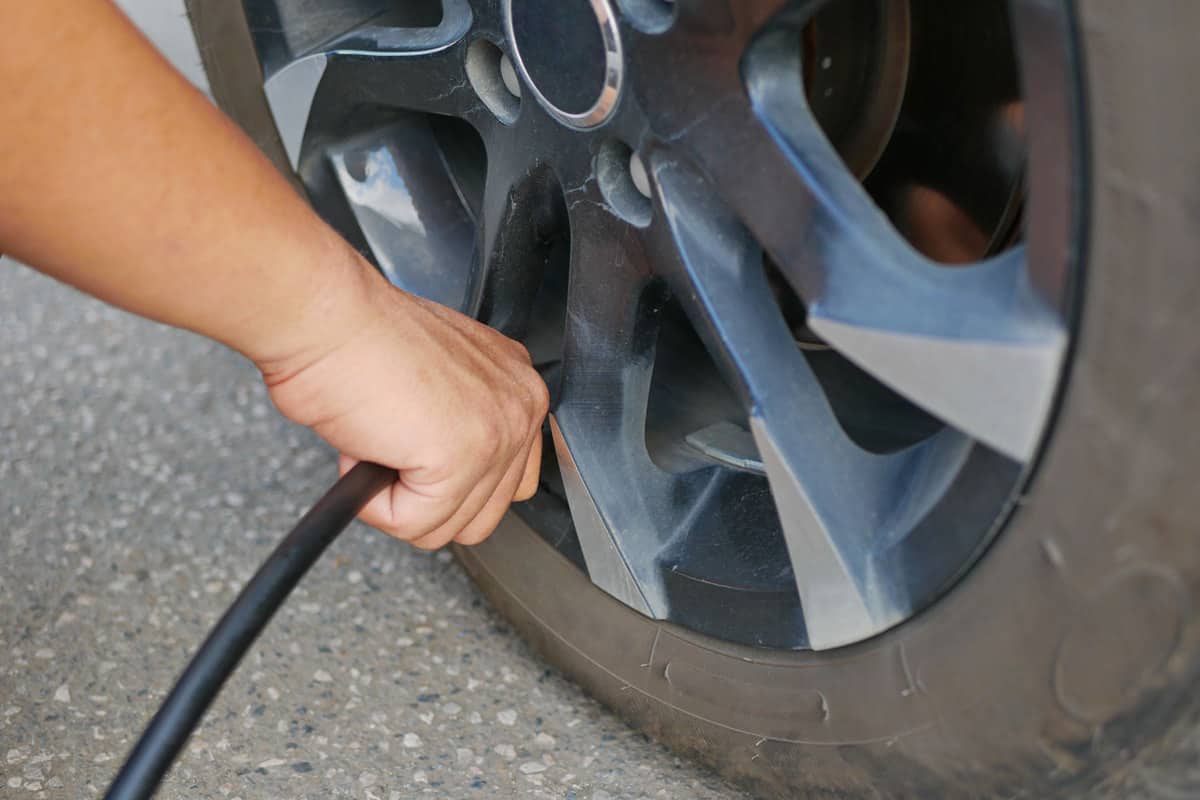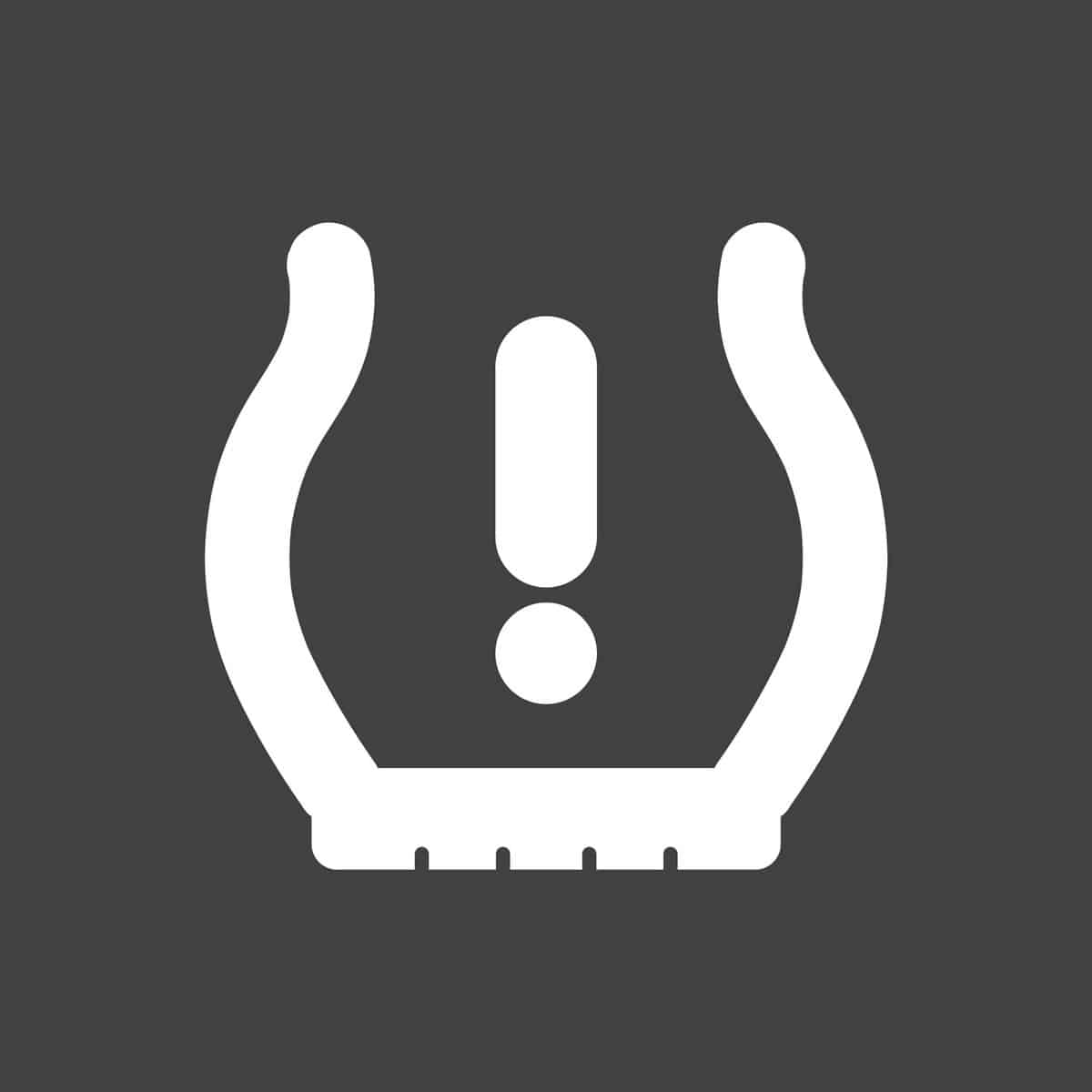Are you worried about the tire pressure on your Nissan Altima? Maybe your low-pressure light came on, but you don't know how much air your tires need. We have researched the subject and laid out our findings below.
Your Nissan Altima requires a tire pressure of 32 PSI. This number is the same for most year models. It also does not change with different size tires.
Now that you know what your tire pressure should be, you need to know how to check the levels. Keep reading as we discuss how to check the air in your tires, how often you should check it, if you can drive with low tires, and more.

What Should the Tire Pressure be on a Nissan Altima?
Whether you have a 2010 Nissan Altima or a 2021 model, it will require 32 PSI in each tire. This number is important to both the health of your tires and your safety while utilizing the vehicle. This is because adequate tire pressure plays a major role in keeping your tread even and giving you the most stability possible.
No matter what anyone tells you, the size of your tires does not determine the amount of pressure you need. Your vehicle's weight is the determining factor in how much air the tires require.
PSI stands for pounds per square inch. It is not a measurement of the amount of air in the tire. Therefore, even if you need more air in a larger tire, the vehicle still requires the same amount of pressure to support its weight.
Additionally, the number found on the tire is not the recommended PSI for your particular vehicle. This is the maximum pressure the tire will hold. To find the proper PSI for your car, look inside your door. There will be a sticker displaying this information.
How Do You Check Tire Pressure?

Whether you use your car's Tire Pressure Monitoring System (TPMS) or do it manually, checking the tire pressure in your Nissan Altima is an easy task. Most new models feature TPMS. With this system, you will simply find the proper screen inside the car, and it will tell you the pressure in each tire.
If you prefer to manually check the air in your tires, follow these simple steps:
- Park your car on a level surface.
- Remove the cap from your tire's valve stem.
- Using a tire pressure gauge, press firmly over the valve.
The tire gauge will then give you a reading.
When using a traditional tire gauge, if you hear air seeping out when you press the gauge against the valve stem instead of it giving you a reading, you have the tool turned in the wrong direction. Turn it over, and try again.
However, in more modern gauges, the knob to let air out of the tire is located at the bottom of the tool instead of on the opposite end of the head.
You can get tire pressure gauges on Amazon.
Watch the following YouTube video as a visual guide to checking the tire pressure in your Nissan Altima.
How Do You Add Air to Tires?

The TPMS on your Nissan Altima makes adding air to your tires simple.
Follow the steps below:
- Park your car on a level surface.
- Engage the parking brake.
- Turn the key to the "on" position, but do not crank the car.
- Remove the cap from the valve stem on the tire.
- Using an air compressor, place the hose over the valve, inserting air.
After a few seconds, the hazard lights will flash. Once you reach the proper PSI, the flashers will go off, and the horn will beep one time. If you put too much air in the tire, the horn will beep again, and the hazard lights will flash three times.
You can check out portable air compressors on Amazon.
Watch this YouTube video for a tutorial on properly adding air to tires.
How Does Nissan Tire Pressure Sensor Work?
As you likely already know, the tire pressure system detects the pressure in each tire and displays it on your dash. However, do you know how the system works? According to Tires Plus, there are two systems in use today. The most commonly used is direct TPMS.
Direct TPMS
In this system, each tire has a small sensor mounted inside. It sends a signal to your car, telling it how much PSI is in each tire. When any of your tires reach a level below 25% of the recommended range, a warning light will appear on your dash.
Indirect TPMS
Indirect TPMS uses the vehicle's antilock braking system (ABS) to help detect when your tire pressure becomes low. The ABS features wheel speed sensors. Tires with low air pressure will roll at different speeds than the rest of the tires. The sensors detect this difference, causing your warning light to illuminate on the dash.
How Often Should You Put Air in Your Tires?
There is not a set schedule to follow for airing up your tires. However, it is a good practice to check the PSI at least once a month. If you find that one or more of your tires is low or they have varying pressures, it's time to add more air.
Don't be alarmed if you notice your tire pressure changing. This is a normal occurrence, especially during colder temperatures.
When Should You Check the Air in Your Tires?
For the most accurate results, mechanics suggest checking your tire pressure when your tires are cold. This term refers to a period of at least three hours after you have parked your car. Ideally, you should check them in the morning before leaving your home.
Additionally, when checking tire pressure, don't forget to include your spare tire. It is important, for obvious reasons, that your spare be properly maintained along with the rest of your tires.
Can You Drive with Low Tire Pressure?

Although you can drive with low tire pressure, you shouldn't take the risk. Low tires are more prone to blowouts, and you are more likely to lose control of your vehicle if you are operating under these conditions. Additionally, your vehicle will be more difficult to steer the lower the pressure becomes.
When the warning light appears, check the PSI. If it's not terribly low, you can typically drive it to a gas station or mechanic shop to have it serviced. However, you should drive at slower speeds than normal.
How Do You Turn Off the Tire Pressure Light on a Nissan Altima?
When you add the proper amount of air to your tires, the warning light should go off automatically. However, if this is not the case, you may not have added enough air, or you may have over-inflated your tires. Check the PSI; if the tires are properly inflated but the light is still illuminated, you will need to reset the TPMS.
According to Douglass Nissan, there are several ways to reset the TPMS:
- After inflating your tires, drive the vehicle for 10 minutes or more at speeds of at least 50 MPH. After doing so, your system should reset once you turn the car off and back on.
- Turn your key to the "on" position, but do not start the engine. Locate the TPMS reset button. It is usually situated underneath the steering wheel. Hold the button down until the warning light flashes three times. Crank the car, allowing approximately 20 minutes for the system to refresh.
- When adding air to your tires, put in three PSI above the recommended amount. Next, let all the air out of the tires. Now, air them all back up to the proper PSI. This should reset the sensors.
- Turn off your car, and pop the hood. Using a wrench, remove the positive battery cable. It will typically have a red cover. Next, turn the key to the "on" position, and blow the horn continuously for approximately three seconds. Once you've done this, reconnect the battery cable to reset the sensors.
In Closing
Tire pressure is an important aspect of your Nissan Altima. In general, you should ensure that each of your tires has a PSI of 32. The TPMS on your Nissan Altima makes checking your tire pressure and adding air to your tires easy. Don't wait until the light comes on before you check the air in your tires. Instead, make a routine of checking them at least once a month.
For more information regarding air pressure or your vehicle's TPMS, check out these other posts on our blog:


